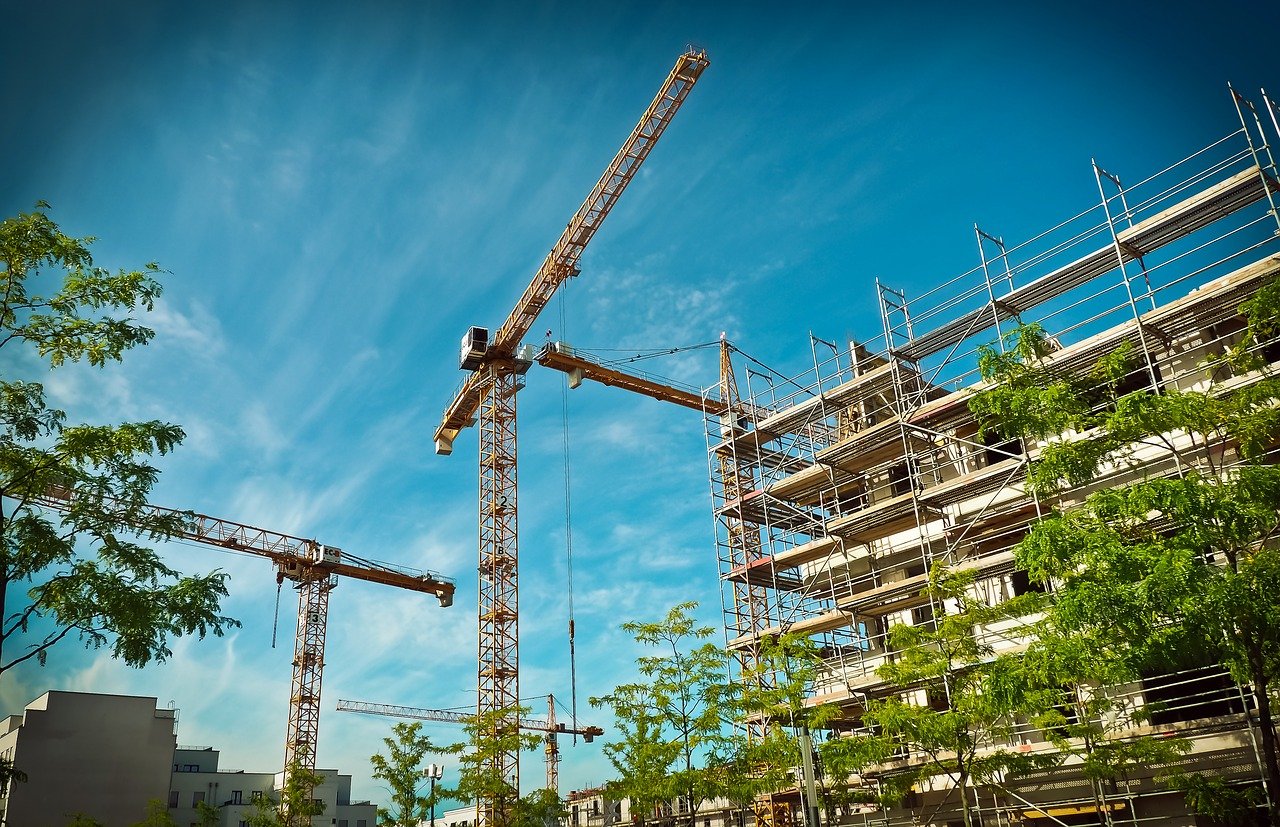Formwork – Leading edge
Formwork – Leading Edge
Explain dangers
In the high-rise formwork industry, nearly 23 per cent of all lost-time injuries are caused by falls.
Most of these injuries result in sprains and tears, fractures, and concussions.
A leading edge is the unprotected side and edge of a floor, a roof, or formwork. It changes location as workers place new formwork in front or to the side of the piece they previously installed.
High-rise formworkers will often be in situations where fall protection is required. However, when the edge is constantly moving, it’s more difficult to apply standard fall protection controls.
Identify controls
• Due to the severity of the hazards involved in high-rise formwork, workers must have received CPO-approved working at heights
training within the previous three years and be made aware of any site-specific fall hazards.
In addition, employers must have a fall arrest rescue plan in place.
• Install guardrails along the edge of all completed decks, allowing enough room for installing bulkheads. Remember to install guardrails as the leading edge progresses.
• For work on the leading edge, use an active fall protection system consisting of a fullbody harness with a lanyard combined with
an energy absorber connected to a rope grab and a lifeline secured to an anchorage.
• If possible, arrange your fall protection system so that it is in travel restraint. If you can’t reach the edge, you can’t fall.
• Use appropriate anchor points. Wrap connectors or slings around concrete columns or several dowels of rebar or use embedded connection points that are specifically intended for anchorage. NOTE: Wire or metal anchorage slings are more durable than webbing that can wear and tear over time.
• Mark the transition from completed or “safe” areas to unprotected leading edge areas with clear signs and barriers.
• Check with an engineer if you’re unsure about proper anchor points (e.g., how many dowels of rebar are required). Affix the anchor
securely so that the connector cannot slip or fall off.
• Mark the transition from completed or “safe” areas to unprotected leading edge areas with clear signs and barriers.
• Keep barriers a minimum of 2 m (6.5 ft) from leading edge operations. Use a sign to indicate that personal fall protection equipment is required in the work area.
• Instead of a lifeline and rope grab, use a self-retracting lifeline (SRL). SRLs work by allowing the lifeline to unspool under slight tension. Just be aware that when you use SRLs, you will probably be in fall arrest, not travel restraint. Check the manufacturer’s instructions to ensure that the SRL can be used horizontally.
• To minimize fall hazards, don’t extend the deck out to the end of the bay. Work across the leading edge, advancing each bay one step at a time.
• To minimize the possibility of formwork and falsework collapse, always nail the formwork in as you progress.
• If you’re supplying materials to workers using fall protection, make sure you’re in a safe area or protected by using travel restraint or fall
arrest.
Demonstrate
Demonstrate proper leading edge installation procedures such as setting up a fall protection system, installing guardrails, and erecting signs
and barriers.
For more information, visit the IHSA website.

